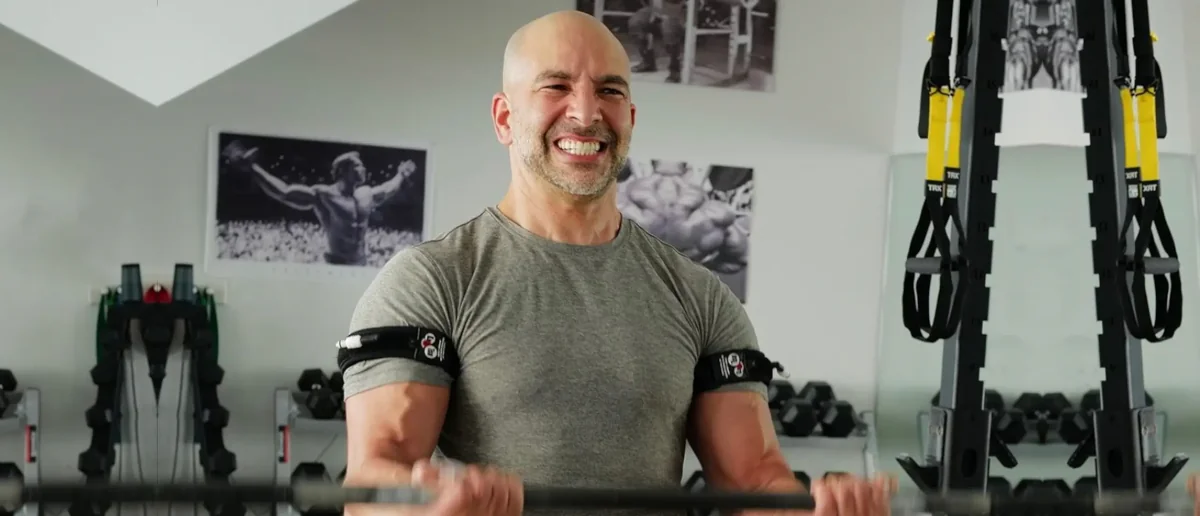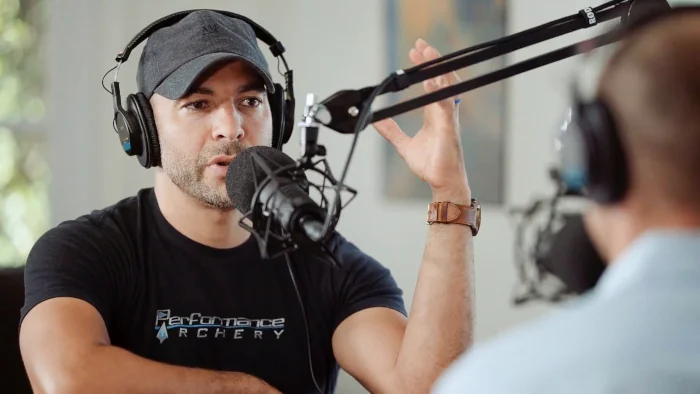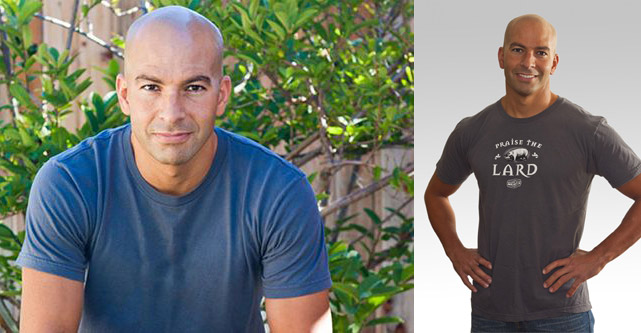Whilst a young Peter Attia used to stay awake for heroically long shifts during medical residency, he has since wised up to the value of sleep.
He makes 8 hours of sleep per night a non-negotiable now.
In this post we’ll look at some of the supplements he uses to help augment the quality of his sleep.

Peter Attia’s Sleep Cocktail
In AMA 42, at 37m 30s, Peter discusses taking 3 supplements regularly for sleep:
- Glycine – 2 grams before bed
- Ashwagandha – 600 mg before bed
- Magnesium L-Threonate – 2 capsules before bed
Below we look at them in more detail:

Glycine
Peter describes Glycine as an inhibitory neurotransmitter in the brain stem and spinal cord.
In taking Glycine, the hope is that it’s calming the central nervous system.
He cites a human study, which used 3 grams of Glycine, and found:
- It shortened latency, so that people fall asleep quicker
- It reduced the latency to slow wave sleep
- It didn’t alter sleep architecture anywhere else
He notes that patients who are taking clozapine shouldn’t be taking glycine.
Examples of GABA brands include:
- Thorne – GABA – 100 mg capsules
- Double Wood – GABA – 500 mg capsules (see 15% off coupon code)

Ashwagandha
Peter takes 600 mg of Ashwagandha in the evening to help improve the quality of his sleep
Peter says that the data in humans is “not overwhelmingly robust”, but he has found objective and subjective benefits when he takes it.
He describes Ashwagandha as a milder version of Phosphatidylserine (which he takes occasionally and sparingly).
Ashwagandha reduces activation of the hypothalamic pituitary adrenal axis, which reduces cortisol.
Studies include:
- An RCT (n = 58), found that 300 mg of ashwagandha 2x per day for 10 weeks shortened sleep onset latency, improved sleep efficiency and sleep quality
- An RCT (n = 58) that used either 250 or 600 mg daily ashwagandha for its anxiolytic effects found that both doses reduced serum cortisol and improved subjective sleep quality based on a 7-point sleep scale.
He notes a number of contraindications, including: during pregnancy and breast-feeding, pre-surgery, patients with stomach ulcers, autoimmune conditions and thyroid disorders.
As is usual, if you’re on medications, it’s important to consult with a doctor to avoid negative drug interactions.
Brand and dose: Whilst Peter didn’t mention the brand he takes, he did say he takes 600 mg prior to bed. Given the size of the dose, it might be KSM-66.
Below are some useful notes on choosing an Ashwagandha product:
When it comes to choosing an Ashwagandha product, there’s a few things worth being aware of:
- Plant based compounds, as opposed to synthetic compounds, come with natural variability. Differences in the the soil type, rainfall, time of year, amount of sunlight etc. all influence the plant’s internal composition. Therefore, if you want to achieve reproducible and reliable results from consuming a plant, you ideally want to ensure that they’re as similar as possible each time.
- One way to get closer to achieving this is through “standardized extracts”. These attempt to isolate the (main) active compound(s) within a plant, and then ensure that the extract always has the same percentage of these compounds in it.
- This isn’t an exact science, because for some plants there are many active compounds, thus making perfect standardization impossible. However, it’s a start.
- For this reason, many clinical studies of plant compounds choose standardized extracts, to help make the results reproducible.
For Ashwagandha, the two most studied extracts are KSM-66 and Sensoril, with Shoden coming in #3.
| KSM-66 | Sensoril | Shoden | |
| Extract Type | Root only | Root + leaves | Root + leaves |
| Withanolide concentration | 5% | ≥ 10% | 35% |
| Approx no. of quality human studies* | 11 | 11 | 2 |
| Trademark Owner | Ixoreal | Natreon | Arjuna |
- * source for the humans studies comes from this meta-analysis
Further notes on KSM-66 / Sensoril / Shoden:
- KSM-66 – uses only the root and is standardized to 5% withanolide concentration. They (the trademark owners) say using only the root is the traditional way ashwagandha is used. They warn that the use of its leaves risks an increase in Withaferin A, which they say is toxic. That might be an oversimplification, or at least, very much dose and use dependent. As there are studies pointing towards anti-cancer properties (also this and this).
- Sensoril – Uses a combination of the root plus leaves, and standardizes on a minimum of 10% withanolide concentration. Their products apparently have less than 0.5% Withaferin A. Sensoril has a comparable amount of high quality human studies to KSM-66.
- Shoden – uses the root + leaves to create a a 35% withanolide concentration – which is much higher than the other two.
Examples of reputable brands include:
- Jarrow – Ashwagandha (KSM-66) – 300 mg per capsule
- Natural Factors – Ashwagandha (KSM-66) – 600 mg per capsule (out of stock)
- Life Extension – Ashwagandha (Sensoril) – 125 mg per capsule

Magnesium L-Threonate
As mentioned above, Peter chooses to take a form of Magnesium in the evening which can cross the blood brain barrier; L-Threonate.
He takes 2 capsules per evening.
Brands of L-Threonate include:
- Jarrow – Magnesium L-Threonate – 90 x 144 mg servings
- NOW – Magnesium L-Threonate – 90 x 144 mg servings

Peter’s Jet Lag Protocol
Above we’ve looked at 3 supplements Peter uses daily to improve his sleep.
Additionally, also in AMA 42, he discusses 2 supplements he uses use for jet lag, when he needs to sleep early, ahead of his schedule.

This may not be for everyone, but what Peter likes to do when he wants to put himself in the time zone of the destination he’s traveling to, is to act as if he’s already in the time zone on the flight there.
For example, if you take off at 2pm, but it’s 10pm already at your destination, then you’ll want to sleep on the flight.
However, it can be difficult to sleep at 2pm if your body isn’t expecting it.
He describes 3 variables that help drive sleep:
- Adenosine – more adenosine = easier to sleep
- Melatonin – more melatonin = easier to sleep
- Cortisol – less cortisol = easier to sleep
Below we’ll look at how Peter influences each one in order to allow him to fall asleep earlier than he would otherwise.
How to increase adenosine?
Peter does this without supplements.
He tries to do a lot of exercise early in the morning of the day in question. Then additionally, avoids coffee and other caffeine sources, which can block adenosine receptors.

How to increase Melatonin?
Melatonin
Generally Peter avoids taking melatonin for sleep, but when it comes to jet lag, where if he does nothing, his sleep will be disrupted anyway, he chooses to use it.
For his jet lag protocol, if he needs to help induce sleep early, he will “slam himself” with 2 to 5 mg.
Examples of melatonin supplements include:

How to decrease cortisol?
By default, early in the day our cortisol is elevated, and by the evening our cortisol level has decreased.
This can be difficult to regulate without some sort of exogenous compound.
In this instance, Peter chooses to decrease his cortisol levels through the use of a supplement called Phosphatidylserine.
Phosphatidylserine
Peter describes phosphatidylserine as an “incredibly potent” supplement, part of his jet lag protocol, that he doesn’t use regularly.
For his jet lag protcol, Peter will take 400 to 600 mg of phosphatidylserine – to shut down his adrenals, reduce cortisol, and encourage sleep.
Brands of phosphatidylserine include:
- Jarrow – Phosphatidylserine – 100 mg
- NOW – Phosphatidylserine – 100 mg
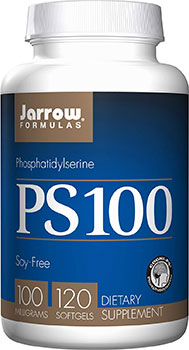
Rather than phosphatidylserine’s efficacy just being a “wives tale”, it has been studied reasonably well.
Mechanistically it lowers physiological stress by blunting the adrenocorticotropic hormone (ACTH) response to stress – and it’s ACTH that under stress then stimulates the release of cortisol via the adrenal gland.
By lowering physiological stress levels, this may help relaxing into sleep.

Example scientific studies:
- A study showed phosphidylserine reduced cortisol response post exercise, compared to placebo. Whilst this isn’t directly sleep related, exercise is a reliable way to increase cortisol, so it’s interesting to see phosphatidylserine could blunt that increase1The effects of phosphatidylserine on endocrine response to moderate intensity exercise – Starks et al. (2008). This result was originally shown in a 1992 study2Blunting by chronic phosphatidylserine administration of the stress-induced activation of the hypothalamo-pituitary-adrenal axis in healthy men – Monteleone et al. (1992) (so it’s repeatable). Note that in the ’92 study the phosphatidylserine was derived from cows brains (!), which is how they used to get it. Now brands like Jarrow derive it from sunflowers.
- A further3The Influence of Phosphatidylserine Supplementation on Mood and Heart Rate when Faced with an Acute Stressor – Benton et al. (2016) study showed phosphidylserine improved mood after a stressful event, compared to placebo. Notably this was cognitive stress (mental arithmetic), rather than exercise induced stress.
So to wrap up on how Peter induces sleep early on flights:
- He increases adenosine through lots of early morning exercise and caffeine abstinence
- He increases melatonin by taking 2 to 5 mg of melatonin
- He decreases cortisol by taking 400 to 600 mg of phosphatidylserine
Other Sleep Tools Peter Uses
Blue Light Blocking Glasses
Melatonin is a crucial component of sleep – and increases close to bedtime; causing us feel sleepy. Absence of daylight is a primary trigger of melatonin release, so that as darkness sets in, our melatonin should increase.
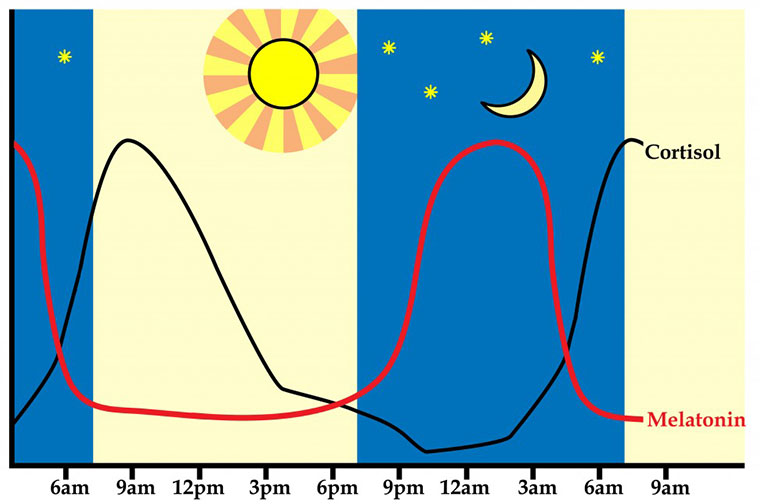
Problems occur when that natural evening darkness gets interrupted by artificial light. Whether it’s from the light bulbs in your house, or the screens on the devices you’re using. These all emit blue light, which our bodies confuse for daylight, and suppress the release of melatonin.
Fortunately there are steps we can take to minimize blue light exposure in the evening.
Peter uses Gunnar glasses, which are designed to block blue light, whilst not looking too absurd whilst on.

Peter notes that when it comes to devices, there are blue blockers built into both iPhone (called Night Shift) & Android (called Night Light) operating systems. Whilst on computers you can use f.lux (Mac & Windows).
Whilst these should be more than adequate, Peter views the glasses as an insurance policy, and definitely notices a difference in his sleep quality.
Sleep in a cold room
Our bodies naturally drop their core temperature at night, and having a warm room makes this harder.
Peter likes to use a type of mattress cover that regulates the temperature – called an Eight Sleep.
Roundup
If you’ve enjoyed this post, you may also enjoy:
This seems like a good opportunity to mention Peter’s subscription service (no affiliation).
For a small monthly, or annual fee, it gives you access to a whole host of benefits that aren’t available otherwise. Including the new “Qualys” series, which are short (<10 minute) highlights from the back catalog of podcasts.
This is a great way to support Peter’s continued time spent on the podcast, as well as make sure you’re getting all the latest and greatest info.
References
- 1The effects of phosphatidylserine on endocrine response to moderate intensity exercise – Starks et al. (2008)
- 2
- 3
